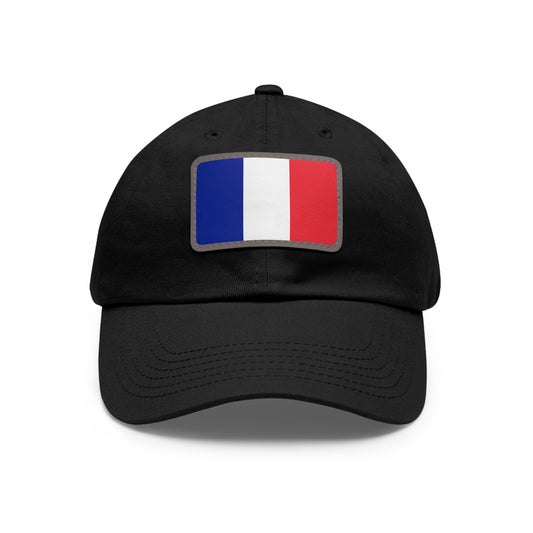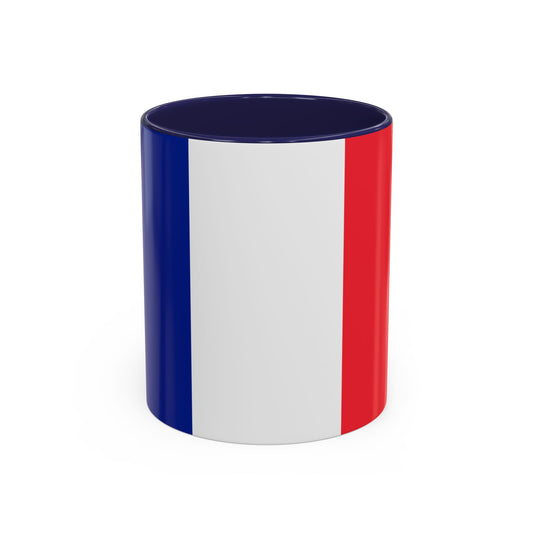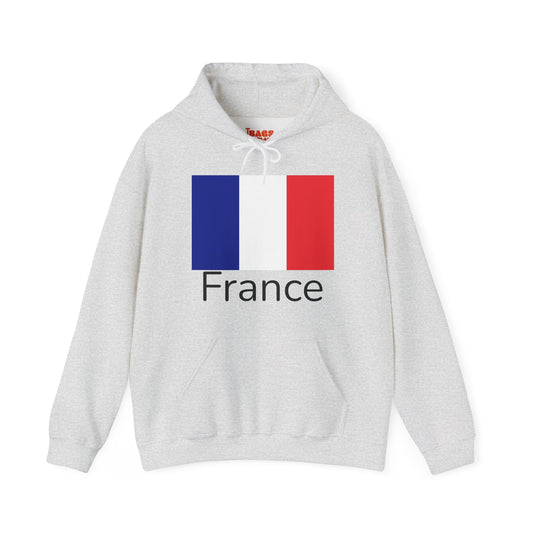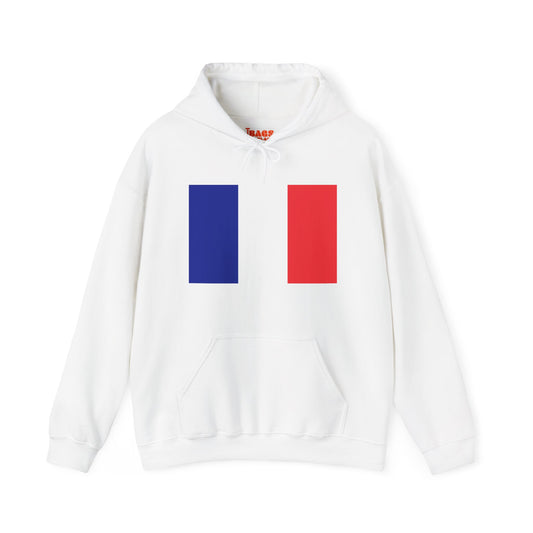-
France Pillow
Regular price $22.65 USDRegular priceUnit price / per -
France Backpack
Regular price $59.79 USDRegular priceUnit price / per -
France Leather Patch Hat
Regular price $18.85 USDRegular priceUnit price / per -
France Sweatshirt
Regular price $34.15 USDRegular priceUnit price / per -
France Flag Sweatshirt
Regular price $34.15 USDRegular priceUnit price / per -
France Mug
Regular price $11.65 USDRegular priceUnit price / per -
France Trucker Cap
Regular price $14.90 USDRegular priceUnit price / per -
France Hoodies
Regular price $34.40 USDRegular priceUnit price / per -
France T-shirts
Regular price $22.79 USDRegular priceUnit price / per -
France Flag on Hoodies
Regular price $34.40 USDRegular priceUnit price / per -
France Flag on T-shirt
Regular price $22.79 USDRegular priceUnit price / per -
French Flags | Royalist and Historical
Regular price From $43.20 USDRegular priceUnit price / per -
France 19 City Flags
Regular price From $43.20 USDRegular priceUnit price / per
Collection: France
The French flag, also known as the flag of France, is a symbol of national pride and unity for the French people. With its iconic design and bold colors, the flag has a rich history and deep symbolism that reflects the country's values and traditions. We will explore the flag's adoption, controversies, and significance.
Overview of the French Flag

The French flag is characterized by its striking tricolor design, comprising three vertical bands of equal width. The sequence of colors, from the flagpole outward, features blue, white, and red. These hues are vivid and imbued with deep meaning, often linked to the principles of the French Revolution. Blue and red, the traditional colors of Paris, flank a pure white center, creating a visual symbol of the nation's ideals. Adopted officially on February 15, 1794, this design has become a beacon of French identity and values. Its simplicity and symbolism make it an enduring emblem of the country's heritage and its aspirations for liberty, equality, and fraternity.
This flag not only encapsulates the historical journey of the French nation but also serves as a reminder of the revolutionary ideals that continue to inspire its people. The consistent use of these colors through various periods of change underscores the enduring nature of the French spirit, making the flag a timeless representation of France's past, present, and future.
Historical Context of the French Flag

The origins of the French flag's iconic tricolor design can be traced back to the tumultuous era of the French Revolution. Initially, the colors symbolized unity between the king and the city of Paris, with blue and red representing Paris and white the royal house. As the revolution gained momentum, these colors were adopted into the national flag to symbolize the new Republic's break from monarchy and its values of liberty, equality, and brotherhood.
Officially adopted on February 15, 1794, the flag was seen in France through various regimes, including the Bourbon Restoration, when the white flag of the monarchy briefly replaced it. The flag we recognize today was firmly reestablished during the July Revolution of 1830 and has remained unchanged. Throughout the 19th century and into the modern era, the tricolor witnessed France's trials and triumphs, from the fields of Waterloo to the liberation of Paris in World War II. Its endurance through changing governments and turbulent periods in French history underscores its symbolic significance and the adaptability and resilience of the French Republic.
Symbolism Behind the French Flag
The tricolor palette of the French flag is deeply symbolic, with each hue carrying significant meaning reflective of the nation's core values. The blue stripe, positioned nearest the flagpole, stands for liberty—a core principle of the French Republic and a nod to the spirit of the French Revolution. It also represents the color of Saint Martin, a figure of social justice revered in French culture. The white stripe in the center signifies peace and purity, echoing France's desire for harmony within its borders and with its neighbors. This color has historical roots in the ancient French monarchy, symbolizing the continuity and stability of the nation through turbulent times.
The red stripe on the flag's outer edge embodies the courage and the bloodshed of those who have sacrificed their lives for the country. It is a tribute to the courage and bravery of the French people in the face of adversity. Together, these colors form a cohesive symbol of unity and the enduring principles that France stands for liberty, equality, and fraternity. The arrangement and presence of these colors on the flag serve as a daily reminder of the nation's revolutionary past and its commitment to the rights and freedoms of its citizens.
Current Relevance of the French Flag
Today, the French flag waves prominently across the country, marking its presence at various events ranging from solemn military commemorations to vibrant national festivals. It adorns public buildings, educational institutions, and landmarks, serving as a constant reminder of the nation's values and the unity of its people. The flag represents France with dignity internationally, showcasing its significance globally during diplomatic meetings, cultural exchanges, and sports competitions. Yet, the flag's role extends beyond mere representation; it often finds itself at the center of social and political movements. It has become a symbol for various groups to rally around, whether in support of or opposition to different causes, highlighting its dynamic and multifaceted role in contemporary French society. Despite occasional controversies surrounding its usage, the flag remains a powerful emblem of national identity, reflecting the pride of France's past achievements and its hopes for the future.
Additional Facts About the France Flag
Beyond the well-known protocols for flag handling, such as ensuring it never touches the ground and is never flown in a position of distress unless as a signal of dire emergency, other nuances of French flag etiquette reflect its significance. For instance, during national mourning, the flag is flown at half-mast. It is prominently displayed nationwide on certain national holidays to commemorate significant historical events and figures.
One interesting anecdote about the Tricolore involves its influence on many other nations' flags. Inspired by the symbolism and ideals of the French Revolution, several countries have adopted the tricolor pattern for their flags, showcasing the global impact of France's national symbol.
Additionally, the exact shades of blue and red on the flag have varied over time, with the current shades specified by the French government to ensure consistency. This attention to detail underscores the flag's importance as a national symbol.
It is also worth noting that the French flag has been used in space numerous times, carried by French astronauts as a symbol of their national identity and the pioneering spirit of exploration and science that France champions. This extension of the flag's presence beyond Earth's boundaries speaks to its enduring relevance and the pride it instills in the French people.


























